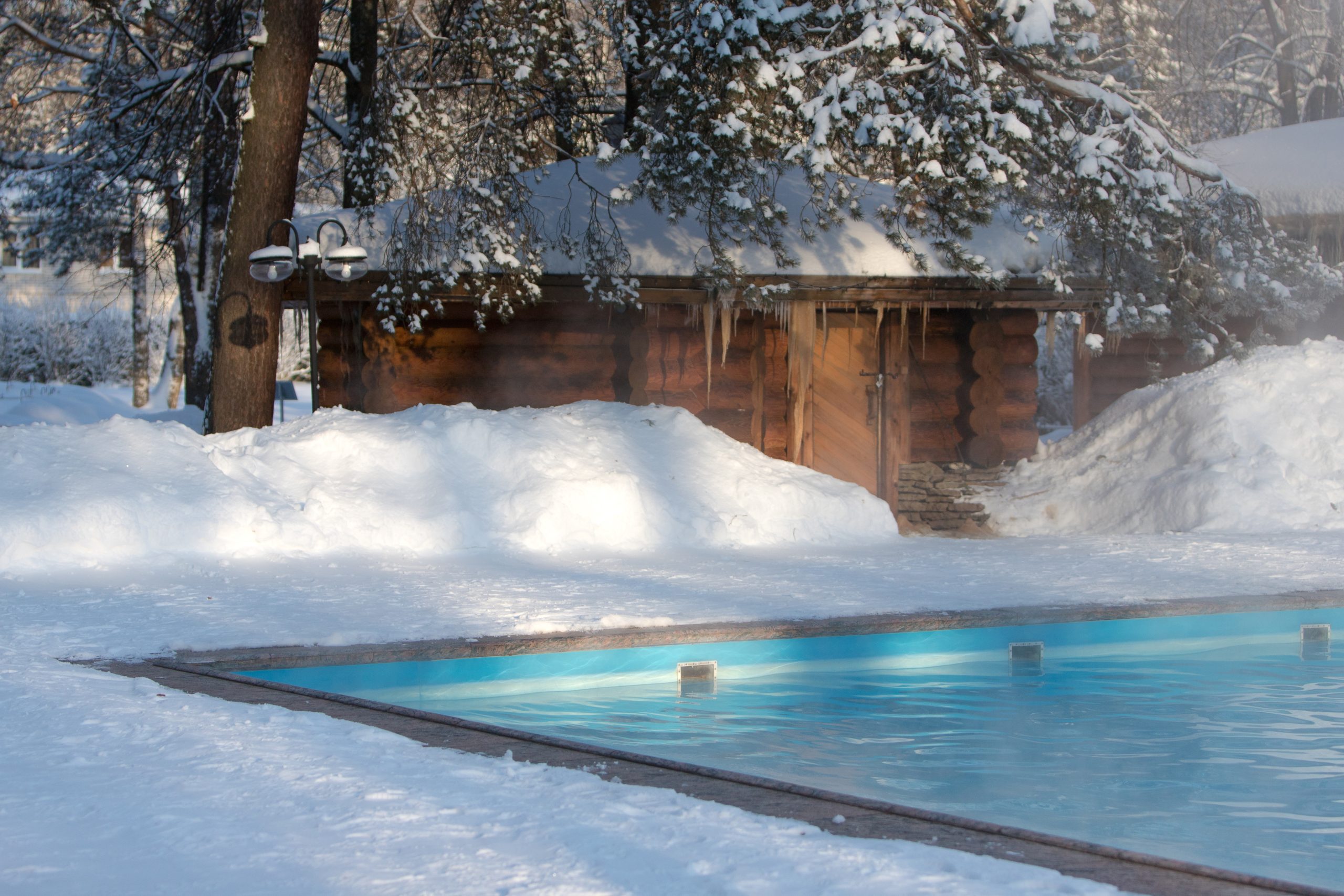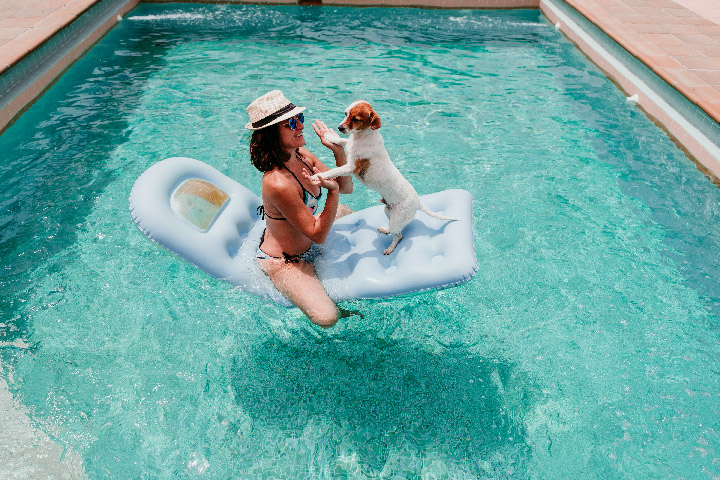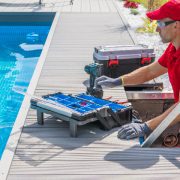
Brrr-illiant Pool Care: A Step-by-Step Guide to Winterizing Your Inground Pool
Winter’s frosty embrace may evoke images of cozy firesides and snow-covered landscapes, but for pool owners, it’s also the season to think about protecting their beloved aquatic retreat. With winter approaching, safeguarding your inground pool is essential to avoid damage from freezing temperatures and to ensure a smooth reopening come spring. Dive into this guide to discover the secrets to a perfect pool hibernation!
1. Why Winterize?
Winterizing isn’t just a suggestion; it’s a necessity. Freezing water expands, which can lead to damaged pool components. The process also makes reopening your pool a breeze and reduces potential repair costs.
2. The Steps to Pool Serenity in Winter:
- Balanced Act: Begin with balancing the water chemistry (pH, alkalinity, and calcium hardness levels). Balanced water protects the pool’s finish from staining and etching.
- The Last Clean: Thoroughly clean your pool. Remove leaves, debris, and dirt. Use a pool vacuum if necessary. Don’t forget to clean the skimmer and pump baskets.
- Chlorinate Before Hibernate: Shock your pool to eliminate lingering bacteria and algae. However, don’t shock right before covering; doing so can damage the cover.
- Water Levels: For areas with harsh winters, drain the water below the skimmer mouth but not entirely. This prevents water from freezing inside the skimmer and causing cracks. For milder climates, you can typically keep the water level unchanged.
- Drain and Protect: Empty water from the pumps, heaters, chlorinators, and filters to prevent freezing damage. Also, blow out any excess water from the pipes using a shop vac.
- Safety First: Install a safety cover. Not only does this keep debris out, but it also ensures that children and pets can’t fall into the pool. Remember to use winter cover seals to wrap around the pool and prevent wind from getting under the cover, keeping it snug and safe.
- Winter Chemical Kit: These kits contain a combination of chemicals that ensure clear water for the reopening. They help control algae growth, maintain pH level, and prevent staining and scale buildup.
- Secure Loose Objects: Store away all pool toys, ladders, rails, and other accessories that can get damaged in the cold or potentially harm the pool.
3. Extra Tips for the Chilly Season:
- Peek-A-Boo: Periodically check on your pool during winter, ensuring the cover is secure, and there are no ice formations.
- Avoiding Temptation: No matter how magical it looks, never walk on a frozen pool.
- Pool Pillows: For vinyl liner pools, consider inflatable air pillows. They help distribute ice pressure evenly, reducing the risk of liner damage.
Conclusion:
The process of winterizing your inground pool might seem daunting at first, but with a systematic approach and a sprinkle of diligence, you can ensure your pool sleeps soundly through the cold months. Come spring, you’ll be grateful for the time and effort spent, as you dive into crystal-clear waters. Until then, keep dreaming of those sunny pool days, and stay warm!




